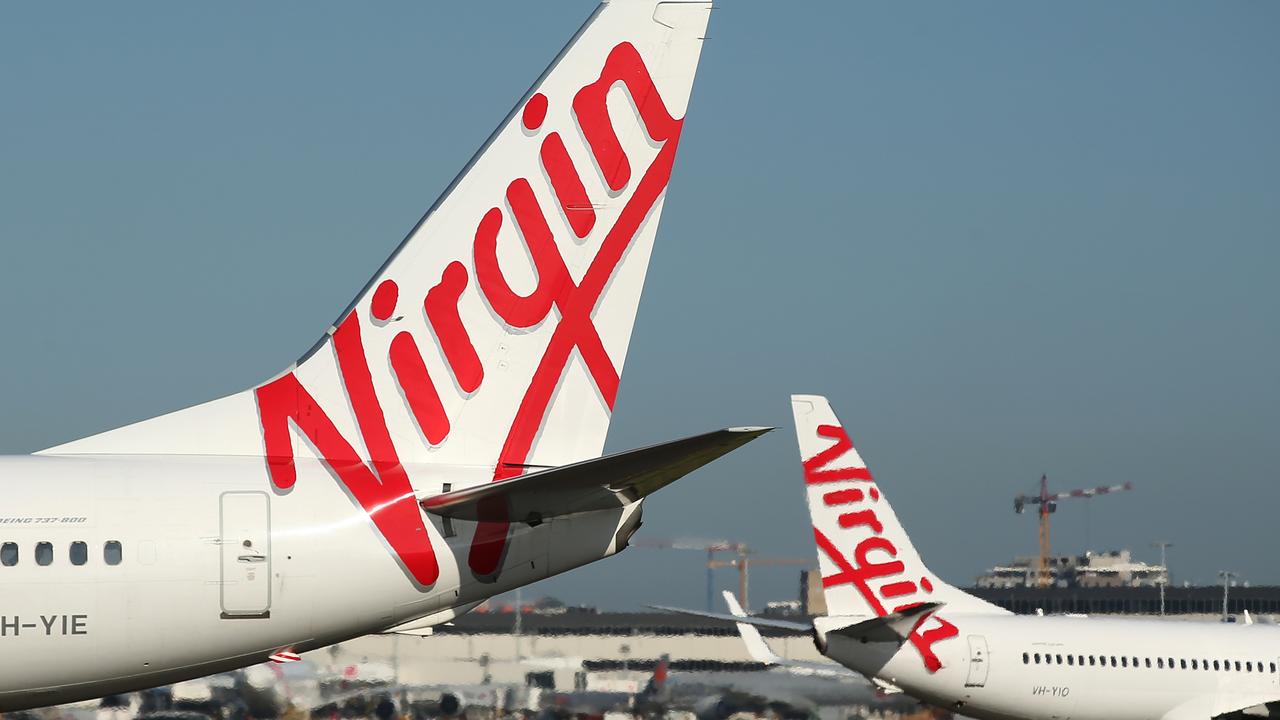‘No chance’ for pilot Peter Lynch to avoid death turn in Perth
Peter Lynch appeared to have been attempting to accelerate when his vintage seaplane plunged into Perth’s Swan River.

Mining executive and father of three Peter Lynch appeared to have been attempting to accelerate out of a turn that had become a steep bank when his vintage seaplane plunged into Perth’s Swan River, instantly killing him and his partner in front of an Australia Day crowd of 60,000.
Crash investigators and aviation experts yesterday told The Weekend Australian the 69-year-old Grumman Mallard’s low altitude meant there was no chance any pilot could have recovered the situation once the angle of the bank on the plane hit 90 degrees, causing the plane’s nose to drop.
Western Australia Police yesterday published advice for families who saw the tragedy as they picnicked and waited for the annual SkyShow fireworks display, advising parents: “Tell children the truth”.
“Thank God it went down in the water where it went down,” acting commissioner Brown said.
“Not too far away on the foreshore are thousands of people.”
Yesterday Mr Lynch’s employer, Andrew Forrest’s Fortescue Metals Group, praised him as a great mate with “energy, enthusiasm and a great team spirit”.
“He will be missed enormously,” said FMG’s chief executive Nev Power.
Clive Palmer and Waratah Coal, where Mr Lynch, 52, worked for 10 years, said “his zest for business flowed into his personal life, where his passions for restoring cars, boating and flying, were infectious”.
His partner Endah Cakrawati, 30, was an investment and public relations manager originally from Indonesia who moved to Perth with Mr Lynch last year.
The plane in which they died was one of only eight worldwide that still had original twin engines.
Just two weeks ago Mr Lynch flew the Grumman from Queensland to Western Australia with his three children.
Yesterday Geoff Dell, an associate professor of accident forensics and investigation at Central Queensland University, said there were several important lines of inquiry.
“Listening to the engine, it sounds like he’s put the power right up — that would be the natural thing to do (in a steep bank),” Mr Dell said.
But Mr Dell said that, once the angle of the wings reaches about 70 degrees, it would be difficult to recover. Once wings are vertical, the pilot needs time and altitude to roll the wings horizontal again.
“He was probably responding to the steepness of the bank. You would ram the throttle into the firewall,” he said.
“He was commanding the roll into the turn and for some reason it rolled to ‘wings vertical’ and the investigators will be looking at why.”



